JEDEC (or Joint Electro Device Engineering Council) is a governing body that defines specifications and standards for the microelectronics industry. These include RAM, SSD, memory cards, eMMC, and more. More specifically, it includes Dual Channel DDR5 RAM.
Table of Contents
DDR5 Channel Architecture: How is a Single Channel DDR5 actually a Dual Channel DDR5
There is no DDR5 single channel; a single DDR5 stick now physically has a Dual Channel layout that supports two channels per DIMM slot instead of DDR4 RAM’s single channel.
JEDEC claims that the new channel architecture improves efficiency and is instrumental in providing greater bandwidth than DDR4. The Dual Channel DDR5 bandwidth starts at 4800 MT/s (DDR5-4800), 50% higher than the JEDEC specified limit of 3200 MT/s (DDR4-3200) for DDR4. So, at least you get the promised speed increase on paper.
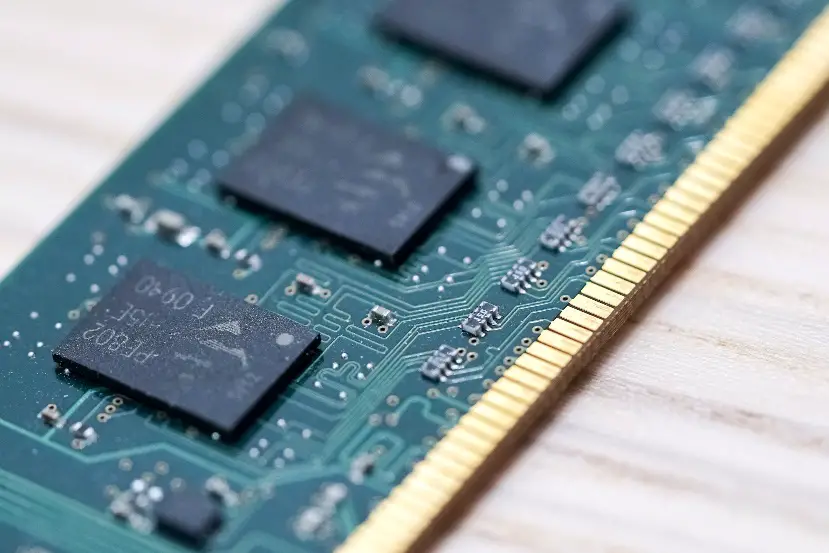
The DDR4 standard supports one 72-bit channel with a 64-bit data channel and an 8-bit ECC (Error Correction Code). In comparison, DDR5 Dual Channel offers two 40-bit channels with 32-bit reserved for data and 8-bit for ECC. It ensures faster memory transfer along with its 16-byte burst length.
For simplicity’s sake, thinks of it as a 32-bit memory transfer that works faster than a 64-bit one, as the RAM won’t have to wait for 64-bit capacity to fill.
DDR5: Is there an improvement?
Single-channel DDR4 saw an unlikely performance gain using two lower-capacity RAM sticks instead of one high-capacity stick. Its 64-bit architecture made it inefficient, a problem that two individual 32-bit channels (or Dual Channel) of DDR5 tackle well. And with a higher burst length of 16bytes (BL16), a DDR5 dual channel with a single stick should perform better than a DDR4. Right?
There has been plenty of chatter concerning the dual-channel DDR5 and its performance.
Truth be told, the DDR5’s performance has been shockingly disappointing, considering several tests and resulting benchmark ratings. Interestingly, as with DDR4, you can use two lower-capacity DDR5 RAM sticks to extract better performance than one high-capacity stick.
And that’s not all; overclocked DDR4 (OC 4400MHz) modules frequently outperform DDR5-5200MHz modules. DDR4 has been around for a decade; in comparison, it’s still early days for DDR5. Meaning, future releases may have better power management allowing you to overclock your dual-channel DDR5 module for significantly better results.
Here is a summary of the information we have gathered regarding DDR4 Vs. DDR5 performance.
| DDR Type | Resident Evil 3 (1080p Ultra) | Resident Evil 3 (1440p) | Red Dead Redemption 2 (1080p Ultra) | Red Dead Redemption 2 (1440p) | Farcry 6 (1080p Ultra) | Farcry 6 (1440p) |
| DDR5 5200MHz
Dual-Channel |
272 | 207 | 155 | 127 | 143 | 119 |
| DDR4 4400MHz (OC)
Dual Channel |
273 | 208 | 155 | 130 | 145 | 120 |
The average fps recorded while using a Core i9-12900K CPU for games like Resident Evil 3, Red Dead Redemption 2, and Farcry 6 are pretty surprising. While individual test cases differ, you’ll find that DDR5 delivers only marginally better performance on other games.
So, one needs to ask whether DDR5 is worth its super-premium price. Before we answer that, in the interest of thoroughness, we must understand what more does DDR5 offer?
Dual Channel DDR5 Vs. Single Channel DDR4
There are several parameters we have to explore to get an understanding of the ground realities of the DDR5 RAM module.
DDR5 Bandwidth
As far as numbers go, the DDR5-4800 baseline improves where DDR4-3200 peaked. But it is one thing to record performance levels in a lab environment and another to experience it in everyday mainstream usage. Also, the “50% faster” claim has no real meaning unless you scratch the surface and look into finer clock timing and burst lengths.
While DDR5 has proven somewhat better in most apple-to-apple comparisons with DDR4, the advantage has yet to be close to 50%.

Power needs of Dual Channel DDR5
DDR5 draws an operational voltage of 1.1V in comparison to DDR4’s 1.2V. But try overclocking DDR5 beyond their JEDEC-specified timing, and the power consumption no longer conforms to the 1.1V JEDEC specification.
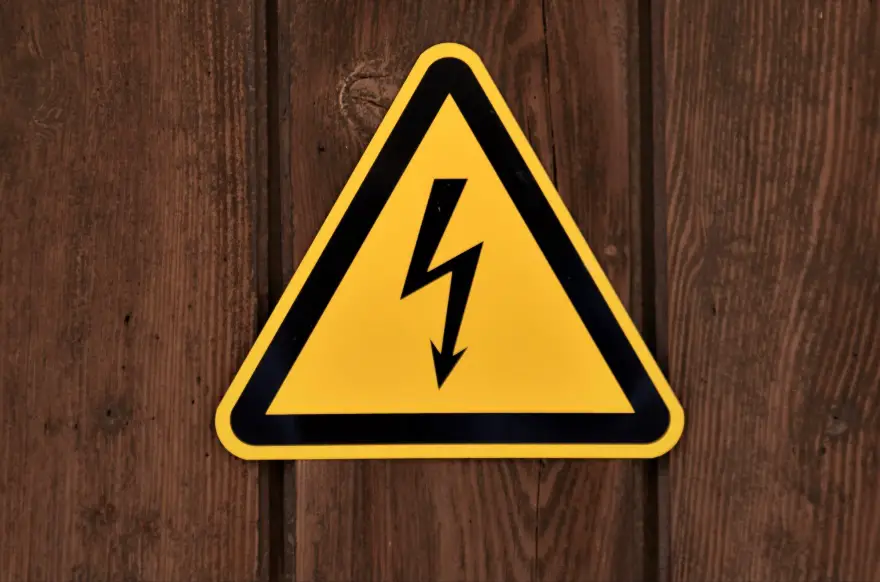
XMP 3.0 and DDR5
Intel’s XMP 3.0 (or Extreme Memory Profile) helps your Dual Channel DDR5 module to overclock automatically. It detects whether the program can gain from overclocking and automatically selects an overclocking profile to ensure that you get the best performance on demand. Conversely, it even rolls back to lower speeds when needed.
XMP 3.0 provides three overclocking profiles and two programable profiles, which you can tweak, test, and save to experience customized overclocking. While XMP is an Intel-specific tradename, the AMD Zen 4 platform offers AMD EXPO (Extended Profiles for Overclocking).
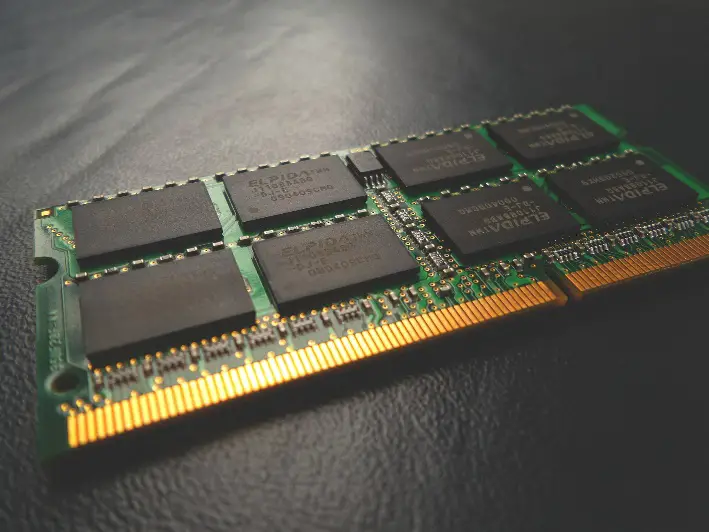
PMIC Chip on the Single Stick DDR5
The most significant change in DDR5 is the Power Management IC (PMIC). Earlier, the responsibility of the motherboard, the module, now gets its power from the PMIC, located on every stick of the DDR5 module.
The PMIC acts as a step-down transformer and converts the incoming voltage (5V) to the 1.1V that every single stick of the DDR5 module requires. Thus, reducing the complexity and cost of motherboards by transferring the power management to the DDR5 RAM module. So, while you may save money on a motherboard that is no longer responsible for power management, the PMIC raises the cost of the DDR5. On the plus side, you get power-efficient RAM in the process.
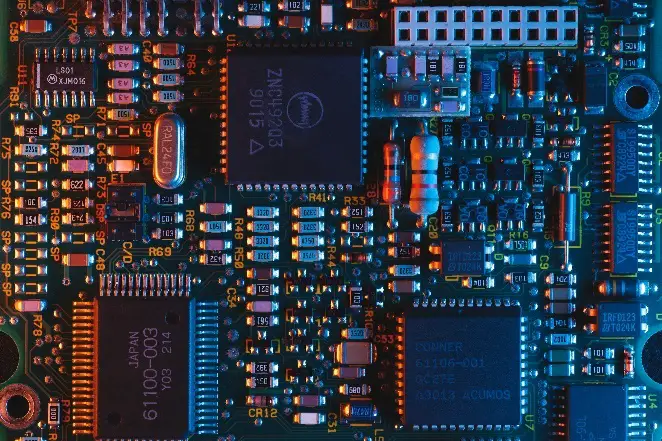
On-die ECC (or On-die Error Correction Code)
Like the PMIC, another significant change we see with Dual Channel DDR5 RAM modules is the use of On-die ECC. For the sake of simplicity, think of it as an error correction mechanism that uses additional parity bits to control bit errors.
The “on-die” part refers to the mechanism functioning on the memory arrays of the physical RAM module. While promising, critical opinions differ (backed by sound logic). The belief is that data bits are far more susceptible to errors while on a dynamic data bus than memory arrays.

Do the new AMD CPUs support DDR5 Dual Channel?
Yes, AMD Zen 4 Ryzen 7000 series processors support DDR5. AMD claims their new “Raphael” processors are the fastest in the world, with speeds over 5GHz. And that is not all; the new processor support PCIe 5.0 and comes with a new AM5 socket.
The initial release saw the launch of four processors, with the most high-end one offering a 16-Core Ryzen 9 and the more modest Ryzen 5 offering a 6-Core configuration. These processors support DDR5-5200 and offer clock speeds ranging from 5.3GHz to 5.7GHz.

Thus, AMD loyalists needn’t feel left out and get their hands on a Raphael-compatible motherboard; the X670 and X670-E are now available.
The Bottom Line
The Dual Channel DDR5 RAM is a sure-shot way to enhance your computer’s performance, provided you have a specific need. Only some applications will harness the benefits a Dual Channel DDR5 offers. For the time being, gaming isn’t one of them.
However, if you are a content creator or want to future-proof your PC choosing DDR5 is a step in the right direction, provided cost is not a consideration.
While DDR5 prices will eventually become reasonable, it would be appropriate to expect only a moderate reduction as the cost of manufacturing these RAM modules is higher than previous generations of RAM.
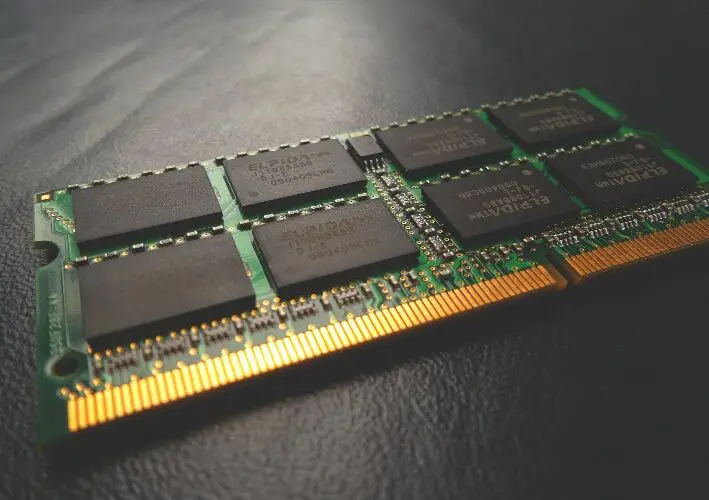
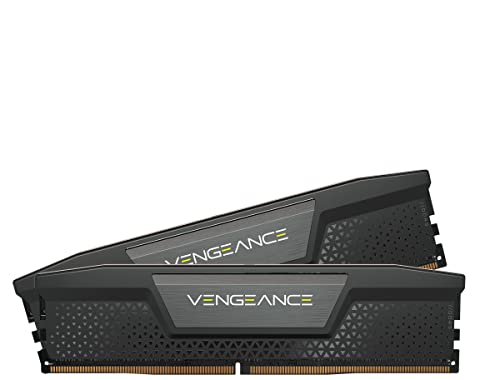




![Best Thunderbolt 4 Cables [2023] 29 best TB4 cable](https://bytexd.com/wp-content/uploads/2022/07/best-TB4-cable-380x220.jpg)
![Best 38” Ultrawide Monitors [2023] 30 Best 38 inch monitors](https://bytexd.com/wp-content/uploads/2022/04/Best-38-inch-monitors-380x220.jpg)